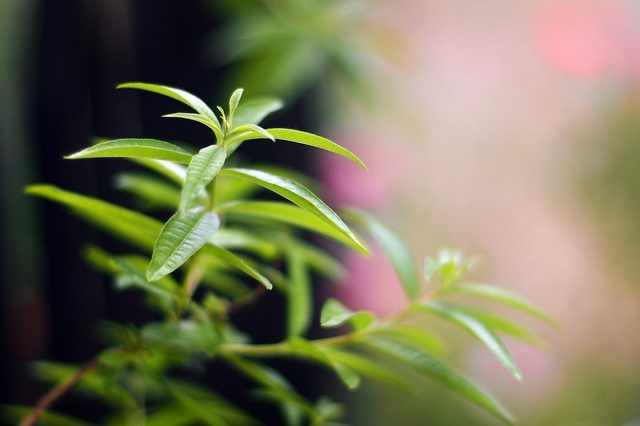Bulbs
Flower Basics
Flower Beds & Specialty Gardens
Flower Garden
Garden Furniture
Garden Gnomes
Garden Seeds
Garden Sheds
Garden Statues
Garden Tools & Supplies
Gardening Basics
Green & Organic
Groundcovers & Vines
Growing Annuals
Growing Basil
Growing Beans
Growing Berries
Growing Blueberries
Growing Cactus
Growing Corn
Growing Cotton
Growing Edibles
Growing Flowers
Growing Garlic
Growing Grapes
Growing Grass
Growing Herbs
Growing Jasmine
Growing Mint
Growing Mushrooms
Orchids
Growing Peanuts
Growing Perennials
Growing Plants
Growing Rosemary
Growing Roses
Growing Strawberries
Growing Sunflowers
Growing Thyme
Growing Tomatoes
Growing Tulips
Growing Vegetables
Herb Basics
Herb Garden
Indoor Growing
Landscaping Basics
Landscaping Patios
Landscaping Plants
Landscaping Shrubs
Landscaping Trees
Landscaping Walks & Pathways
Lawn Basics
Lawn Maintenance
Lawn Mowers
Lawn Ornaments
Lawn Planting
Lawn Tools
Outdoor Growing
Overall Landscape Planning
Pests, Weeds & Problems
Plant Basics
Rock Garden
Rose Garden
Shrubs
Soil
Specialty Gardens
Trees
Vegetable Garden
Yard Maintenance
Edible Lemon Verbena
Grow aromatic lemon verbena for a steady supply of edible, delightfully lemony leaves and flowers. Organic growing methods ensure a safe and delicious harvest.
When airy clusters of delicate, white or pale-lavender flowers open at the ends of lemon verbena's (Aloysia triphylla, Aloysia citriodora) branches between mid-summer and early fall, it's harvest time. Lemon verbena -- reliably perennial in U.S. Department of Agriculture plant hardiness zones 9 through 10, and an annual in colder areas -- produces edible, intensely lemon-scented leaves and less fragrant, but equally edible, flowers. Use the leaves whenever their citrus flavor would benefit a recipe; reserve the flowers for garnishes and teas.

Tip
Although lemon verbena's leaves dry well, its flowers' flavor is strongest right after picking. For the tastiest and safest harvest, grow your own plants.
The Organic Approach
To ensure that every leaf or flower arriving on your plate is free of chemical fertilizers, herbicides or pesticides, grow started lemon-verbena plants from an organic nursery.
Warning
Buy lemon verbena seeds at your own risk. The plants almost never produce viable seeds, and germination time for those that do sprout is between one and two months. Seed-started plants may not have time to flower in short-season growing areas.
Pick Your Spot
Consistently wet roots are a death sentence for lemon verbena. It needs organically rich, extremely well-drained soil and six or more hours of daily sun, with filtered afternoon shade in hot-summer climates. Inadequate sun leads to sprawling plants with sparse, anemically flavored leaves. Where summers are cool, planting lemon verbena near a white, sun-reflecting fence or structure boosts its growth rate.
Fertilize Frequently
Lemon verbena uses more soil nutrients than most herbs, so it benefits from regular fertilizer. Beginning in spring and once monthly during the growing season, dose it with liquid, 3-1-1 organic fertilizer. One manufacturer recommends adding 1 tablespoon of the fertilizer concentrate to 1 gallon of water in a sprinkling can and sprinkling it around the base of the plant.
Warning
Different fertilizer brands contain different ingredients. Always follow the label directions for frequency and amount of application of the brand you choose.
Water Wisely
As long as it has adequate drainage, lemon verbena isn't fussy about water. 1 inch of weekly rain or supplemental water during the growing season is enough; more dilutes the leaves' flavor.
Tip
In dry weeks, give the plant 1/2 inch of water in two separate watering sessions.
Practice Organic Pest Control
Web-spinning spider mites and sap-draining white flies occasionally infest lemon verbena. For organic control, dislodge them with a strong blast of hose water, or prune the most heavily infested branches and dispose of them in sealed plastic bags.
Harvesting the Leaves
Although lemon verbena leaves' flavor peaks just as its flowers open, they can be harvested at any stage. Snip the stems right above a three-leaf cluster; use them fresh or bundle them and hang them upside-down in a cool, dark place to dry. Then store them in sealed containers in a dark location.
Harvesting the Flowers
Time the harvest so the flowers have just opened, and cut them in the early morning for the highest oil content and best flavor. Carry a shaded basket to keep them in while you work.
Examine them gently for dirt or bugs. Carefully remove what you can, and then wash the rest off by swirling the flower heads in a bowl of cool water. Remove the pollen-bearing structures in their centers with tweezers, and then set the flowers on paper towels to dry. Refrigerate them in hard plastic containers lined atop moist paper towels.
Interested in more edible flowers? Check out our guide on Lilac.